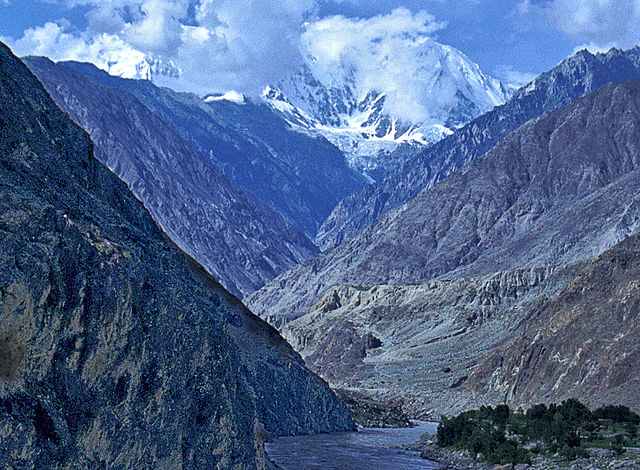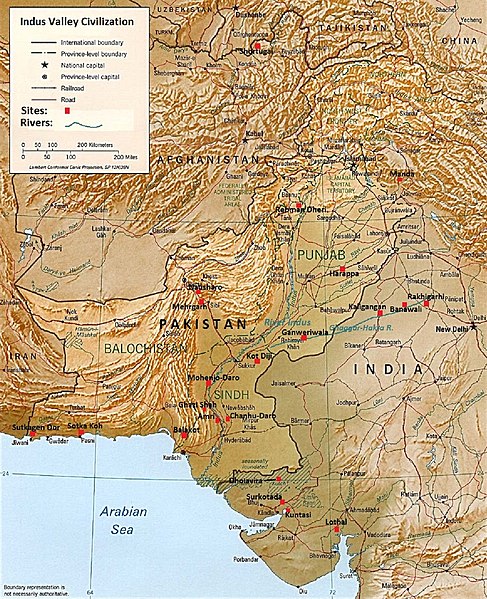Attock Khurd is a small town located beside the Indus River in the Attock District of Punjab Province in Pakistan. Khurd and Kalan are Persian words, meaning small and big, respectively. The words are themselves derived from Sanskrit. When two villages have the same name in the same vicinity, they are often distinguished by adding Kalan and Khurd with the villages' names.
View of Attock Fort
The Indus is a transboundary river of Asia and a trans-Himalayan river of South and Central Asia. The 3,120 km (1,940 mi) river rises in mountain springs northeast of Mount Kailash in Western Tibet, flows northwest through the disputed region of Kashmir, bends sharply to the left after the Nanga Parbat massif, and flows south-by-southwest through Pakistan, before emptying into the Arabian Sea near the port city of Karachi.
The Indus Gorge is formed as the Indus River bends around the Nanga Parbat massif, shown towering behind, defining the western anchor of the Himalayan mountain range.
The course and major tributaries of the Indus river
The course of the Indus in the heavily disputed Kashmir region; the river flows through Ladakh and Gilgit-Baltistan, administered respectively by India and Pakistan
The major sites of the Indus Valley Civilization c. 2600–1900 BC in Pakistan, India and Afghanistan





